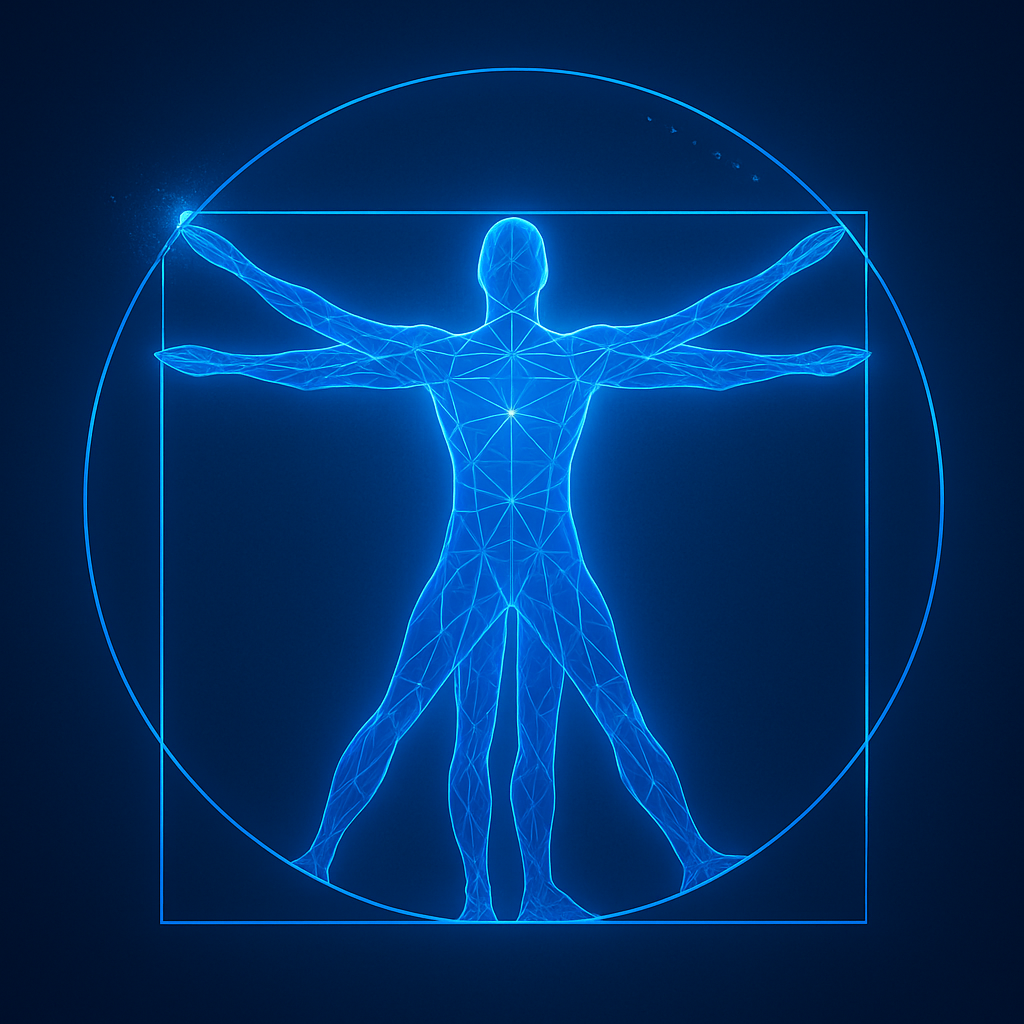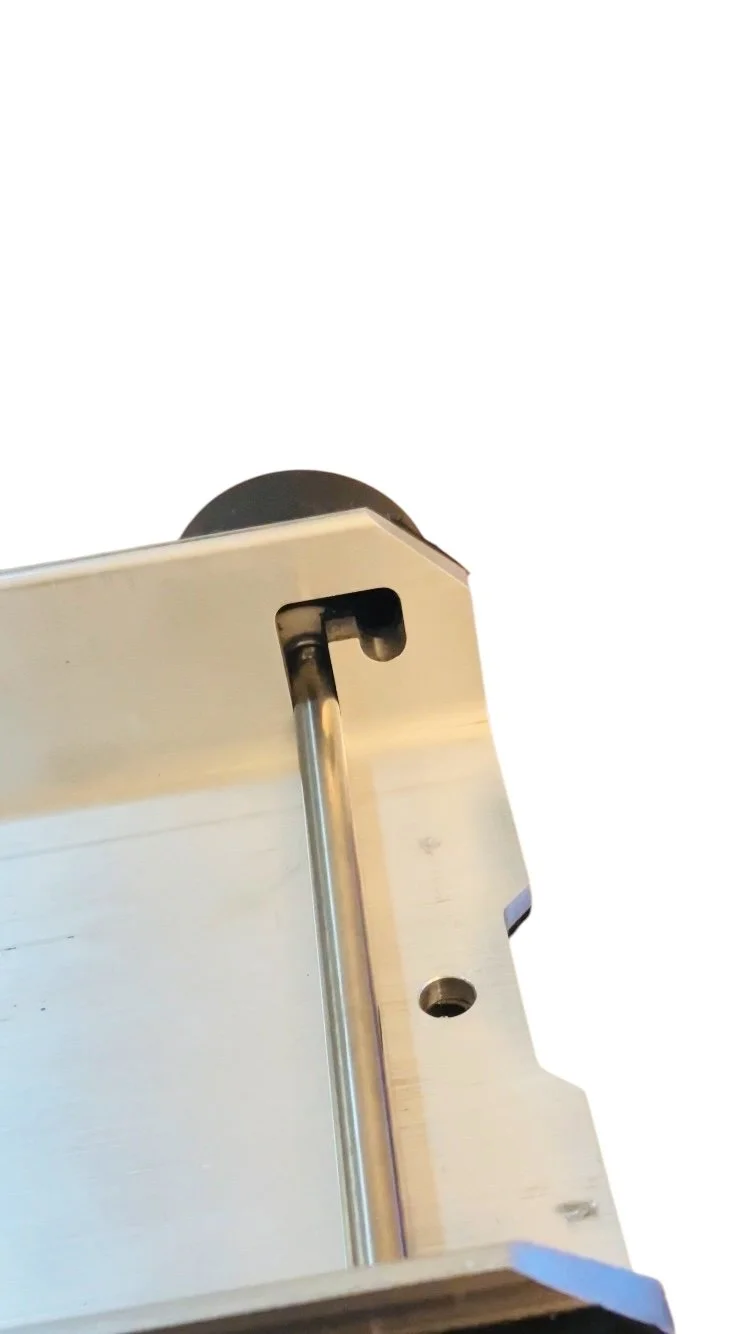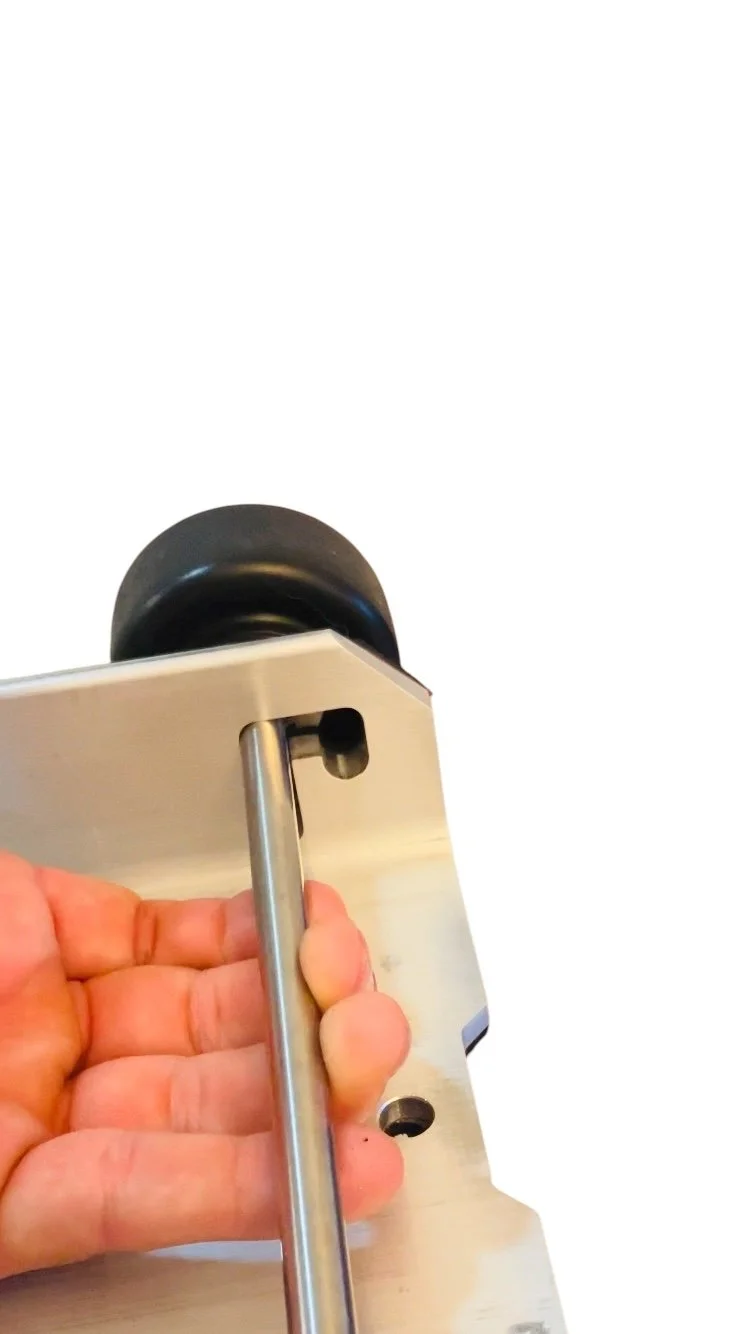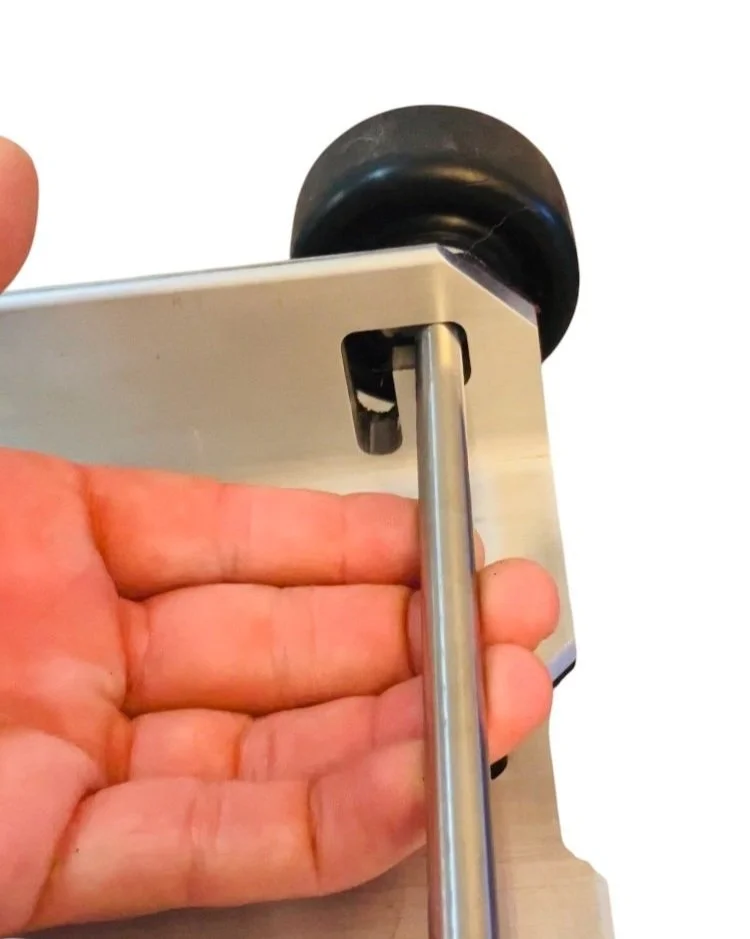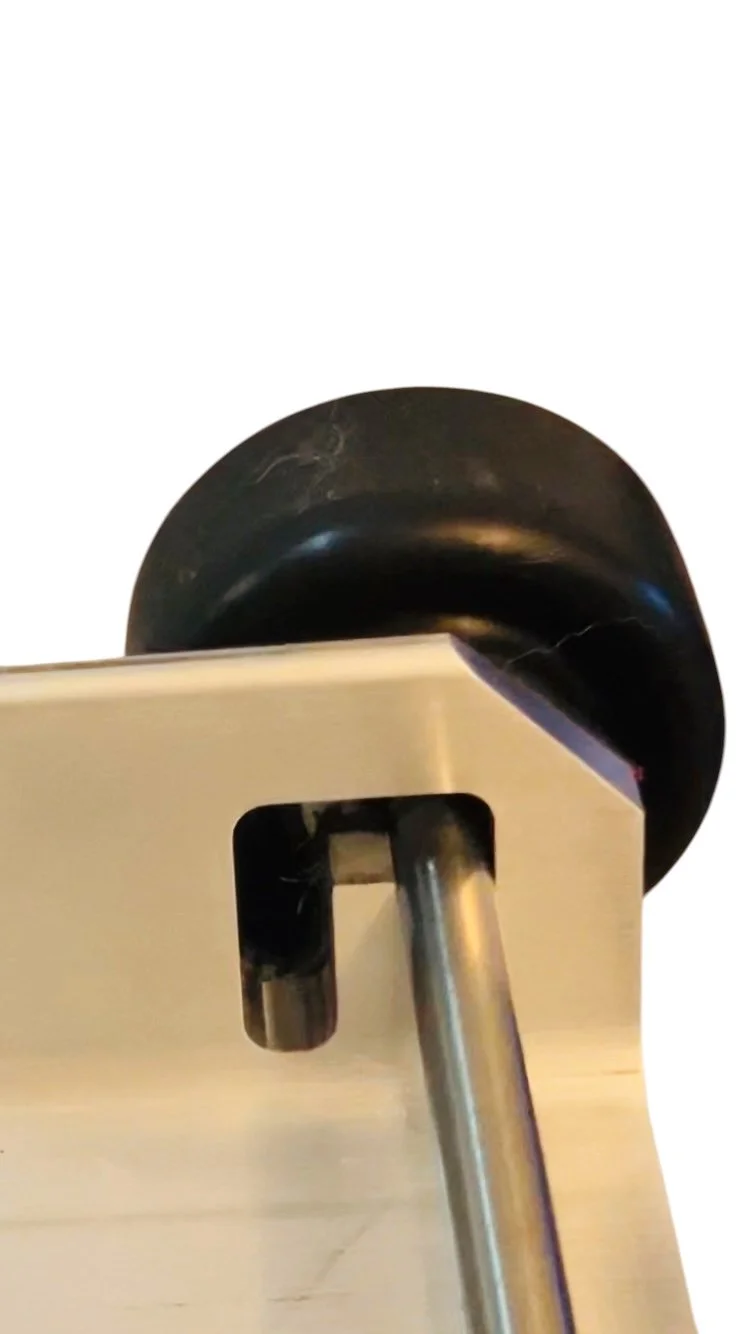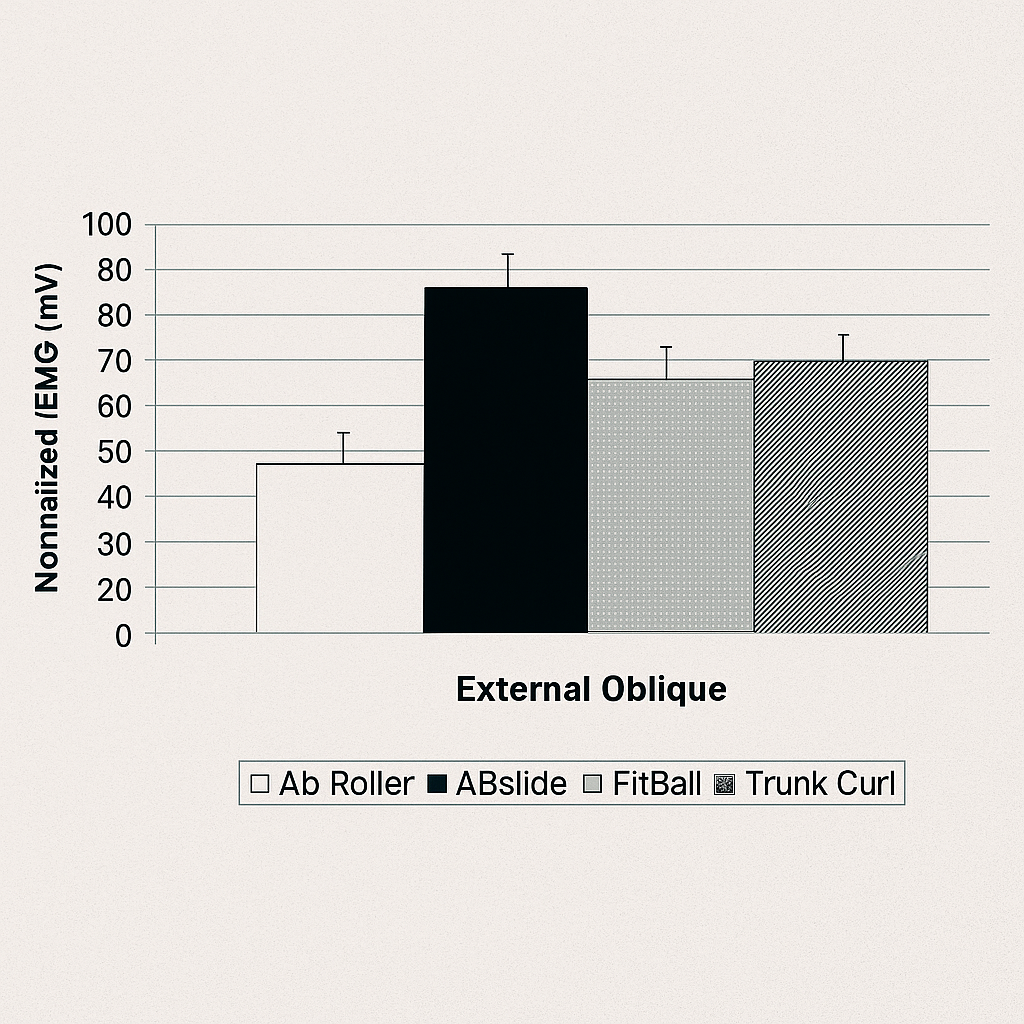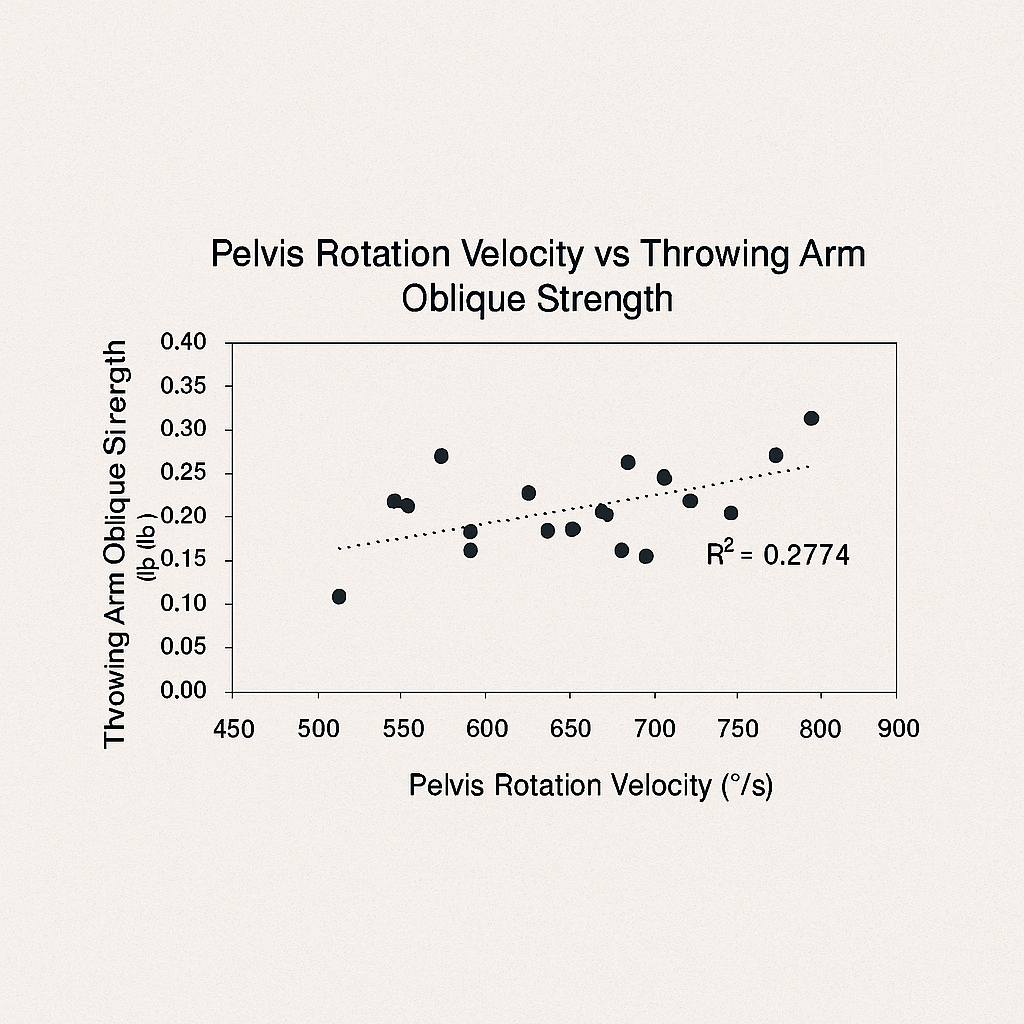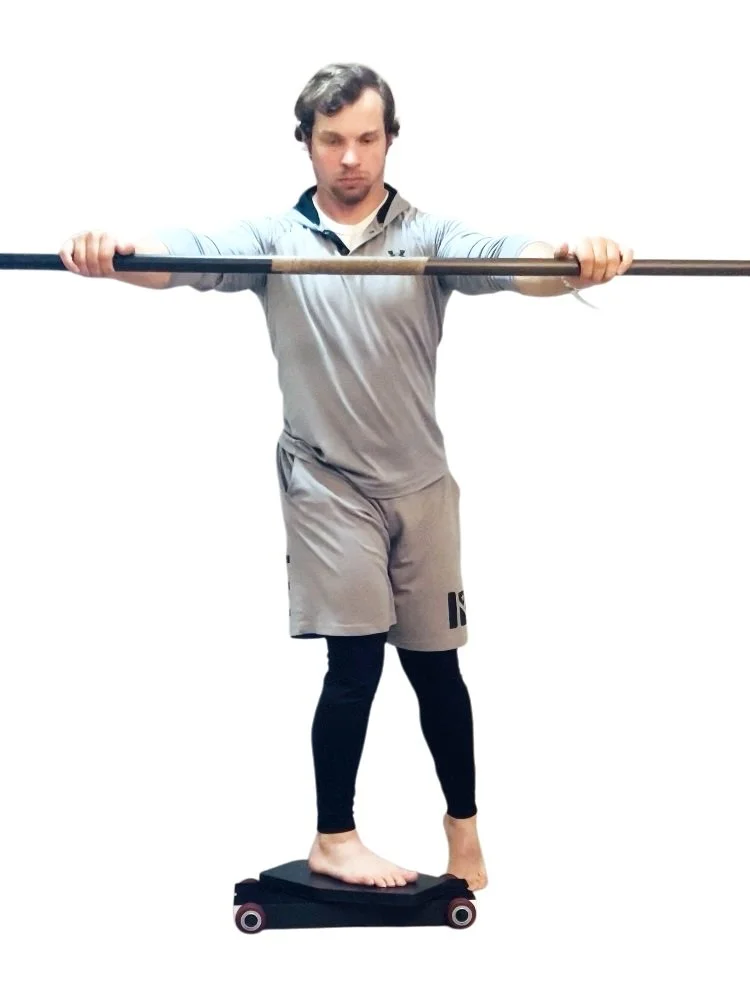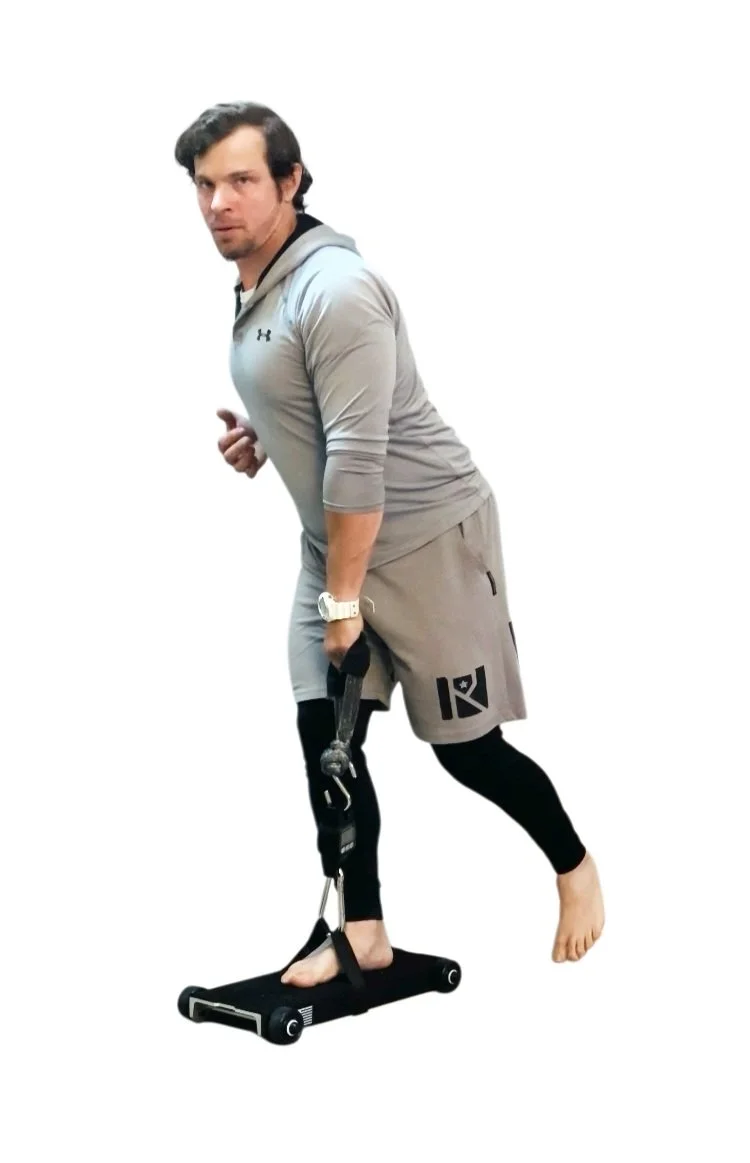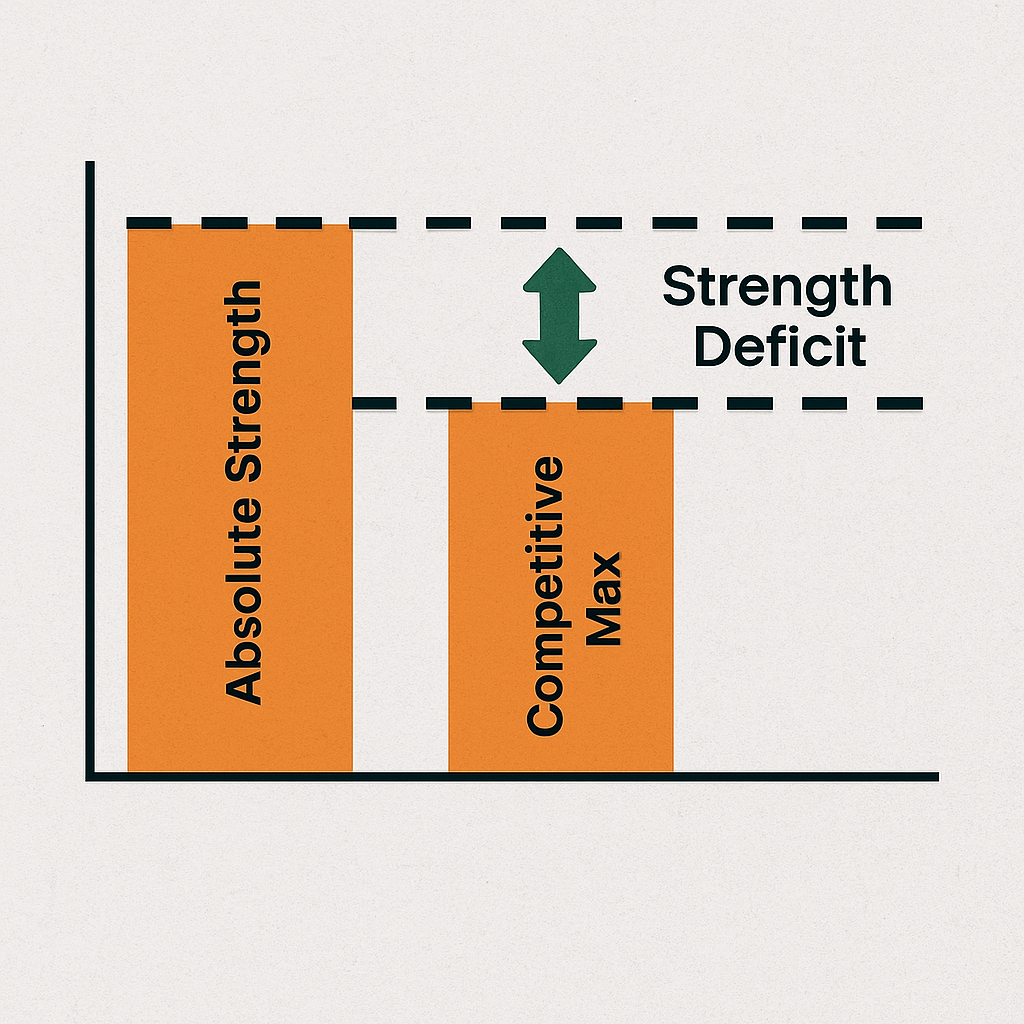The Design
The innovative design of the Hyper Stride allows the athlete and coach to measurably isolate and target specific movement skills and strength characteristics. The low friction, low profile design of The Hyper Stride Chassis, “The X-1”, allows the athlete to modify tempo, leverage and exercise duration in Modes 1 and 2. With the Z-Board mounted, the Hyper Stride becomes a Duo-Axial Glider, allowing the athlete to load rotational pivots and mimic sports specific actions in Modes 1 and 3.
In other words, the Hyper Stride improves TRAINING INTENT
The Hyper Stride Training System defines Movement and Strength Skills via its core exercises that activate global muscle chains and honor principles of human locomotion:
Proximal Control (Flexion and Extension curls)
Medial Control (Strides)
Gyroscopic Control (Z-Pivots/dissociation)
Strength Impulse (Static/Isometric Strength)
The core exercises establish a measurable baseline of skill and therefore a scaled progression to compliment the entirety of the Athlete’s development. Consider the 4 Adjustable Modes of the Hyper Stride as a basis for defining 3 primary abilities:
A.C.E.
Agility- range of motion, especially at the hip and shoulder
Control- exercise command from ground to stand
Endurance- tolerance for intense and repetitive muscular work
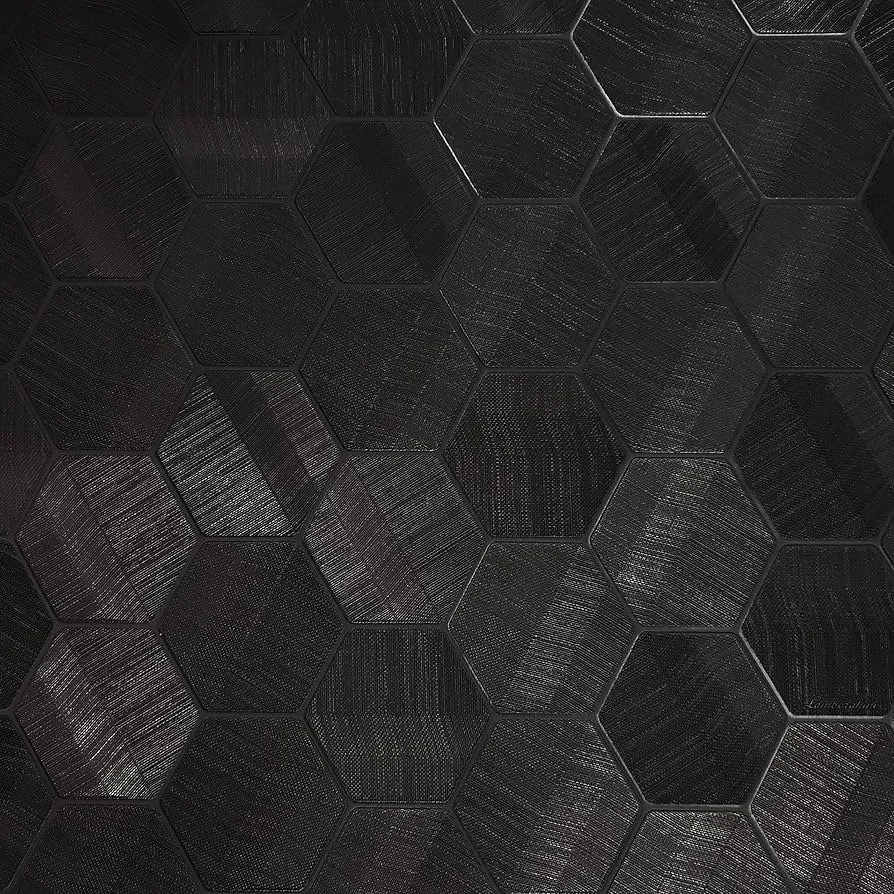
the 4 modes:
Wheels on, board on
*wheels are shifted towards the middle of The Chassis
wheels on, board off
*wheels are shifted towards the middle of The Chassis
wheels off, board on
*wheels are shifted towards the end of The Chassis
wheels off, board off
*wheels are shifted towards the end of The Chassis

Wheels off
Lift
shift- push/pull
Wheels on

Board OFF
Board ON

mode 1;
Wheels on, board on
The Flexion Curl
1. Activate the lats and obliques for core performance
2. Improve over-head mechanics in classic strength training
3. Reduce over-extension of low back muscles
The Lateral Stride
1. Activate adductors, glutes and hamstrings
2. Improve ground force in throwing, striking and take-offs
3. Reduce lateral drifting for optimal power production
Mode 1 Science
This study compared a similar wheeled device against 14 other popular methods of core training, including 10 other devices. The results are conclusive and consistent across multiple studies, in favor of those devices which involve the prone kneeling, shoulder flexed position.
The prone- flexed position not only engages the obliques to a more substantial degree, but also limits the involvement of undesirable muscle groups such as the erector (Lumbar) group. Due to the overhead nature of the exercise, the pressure- producing phenomenon known as the Intra-Abdominal response is triggered.
This data may suggest that the “performance specific” muscle groups behave more efficiently with a multi-segment, synergistic approach. In this case, the knee-hip-spine and shoulder segments contribute to displacement and stability of the exercise
By triggering the Intra-Abdominal response, the athlete could be potentiating the physical characteristics that unlock sports related performance.
The importance of the obliques for the rotational athlete cannot be understated. Whether the athlete’s individual delivery style is more or less rotational, the importance of mid-line and proximal stability seem to be closely related to both velocity and performance consistency.
This chart highlights the clear correlation between arm-side (and glove side) oblique strength and rotational velocity all the way up the kinetic chain.
A proposed training sequence to replicate these results for performance increase and longevity can be found on the members page. This sequence has been referred to as “The Hyper Stride Effect”

mode 2;
wheels on, board off
The Extension Curl
1. Activate hamstrings, glutes and calf
2. Improve hinge mechanics in classic strength training
3. Reduce mechanical errors in jumping such as valgus collapse
The Linear Stride
1. Activate Hip flexors, psaos
2. Improve sprint cycles (ground contact and flight times)
3. Reduce mechanical errors in the Sagital plane
Mode 2 Science
The Stride Series (Mode 1 and 2) challenges the athletes medial and proximal control. Exposure to the central-seeking forces in the 3 planes of motion mimics sports actions such as throwing, striking, and lateral change of direction. The chart details a study which demonstrates how low-friction exercises can be implemented before and after sports and training to increase performance AND recovery.
Without having to overcome drag, the athlete safely leverages their own body weight against gravity redirecting the work to the muscles. The athlete can explore and adjust exercises with variable tempos (fast, slow, pause ect.). Thus, training sets can last longer by reducing unnecessary energy loss due to inertia (sheer stress). Athletes and coaches can exploit this training benefit to implement the “pre-fatigue method” which has been proven to increase adaptation during strength training and recovery from sports.

mode 3;
wheels off, board on
Z-Pivot
1. Activate the spiral line (obliques, glutes and pec)
2. Improve dynamic awareness and testing protocols*
3. Reduce mechanical errors associated with rotation
Mode 3 Science
The Pivot Series offers the opportunity not only to load rotational exercises but more importantly to gain insight as to the athlete’s unique structure. Systematically testing/screening for movement limitations (and preferences) is a practice that dates back to the 90’s. Multiple studies have indicated positive correlations between movement profiles and sports specific mechanics, such as the golf and baseball/softball swing.
Specifically, exercises in MODE 3 can help identify unique movement capacity in the hips and shoulders, which may suggest certain mechanical adjustments that can be made for immediate performance increase. Additionally, this data can be used to explain why a mechanical “flaw” exists in the first place. It is at the athlete and coaches discretion to treat a sport specific condition as a flaw, or unique preference accordingly. No two athletes are the same, and The Hyper Stride System helps to quantify that difference.

mode 4;
wheels off, board off
Static Pulls
1. Activate co-contraction for force impulse
2. Improve maximal strength and coordination in strength training
3. Reduce exercise induced fatigue and inflammation
Mode 4 science
Isometrics, and in this case OVERCOMING ISOMETRICS, have been implemented for decades as a means to measure internal loading capacity- a demonstration of ABSOLUTE STRENGTH.
3 primary methods can be applied when in MODE 4:
Impulse Pulls (time limited)
Peak Force Pulls (3-5 seconds)
Endurance Pulls (sustained effort for time)
The exercises unique ability to potentiate, or acutely improve preceding sports actions like jumping, running and throwing.
To understand ISOMETRICS for sports specific applications, see the chart below which defines the Explosive Strength Deficit (see chart).
The capacity within the athlete to generate maximal force in the most ideal environment (training) relative to the forces displayed during sport (under duress).
My favorite analogy for understanding this concept:
Think of absolute strength (AS) as the size of a house. The LARGER the house, the more potential guests can be hosted for a party, where guests represent the competitive max (CM). It doesn’t mean you will throw a good party or that your guests will stay very long, but the potential is there.
Raise the roof (AS), raise the potential(CM)!
Additionally, measurements in MODE 4 can be used for selecting external (training) loads to improve transfer for athletes. For example, Absolute Strength can be used to program the loads used in weighted jumps, or even the height of depth jumps during pliometric training.
For a deeper dive, check out the reference links below, and keep up with blog posting.
References
-
https://pmc.ncbi.nlm.nih.gov/articles/PMC385260/
https://meridian.allenpress.com/jat/article/doi/10.4085/1062-6050-0195.24/503811
-
https://journals.lww.com/nsca-scj/fulltext/2016/06000/the_sliding_leg_curl.14.aspx
-
https://journals.humankinetics.com/view/journals/jsr/32/6/article-p674.xml
https://journals.lww.com/nsca-scj/fulltext/2016/06000/the_sliding_leg_curl.14.aspx
-
https://journals.lww.com/nsca-jscr/fulltext/2014/02000/Correlation_of_Titleist_Performance_Institute.29.aspx/1000
-
https://www.diva-portal.org/smash/record.jsf?pid=diva2%3A1876448&dswid=6738
https://www.mdpi.com/2076-3417/15/4/212

